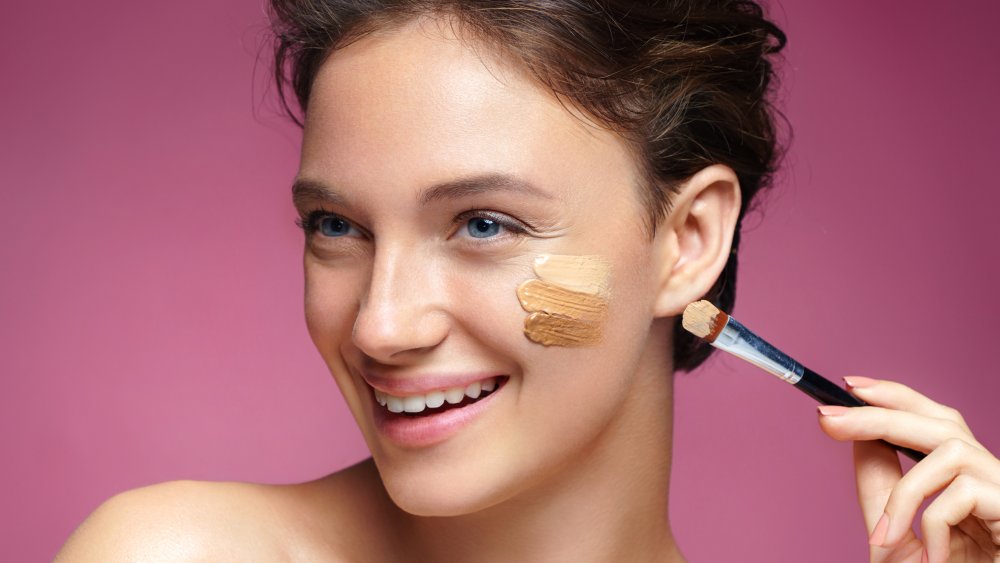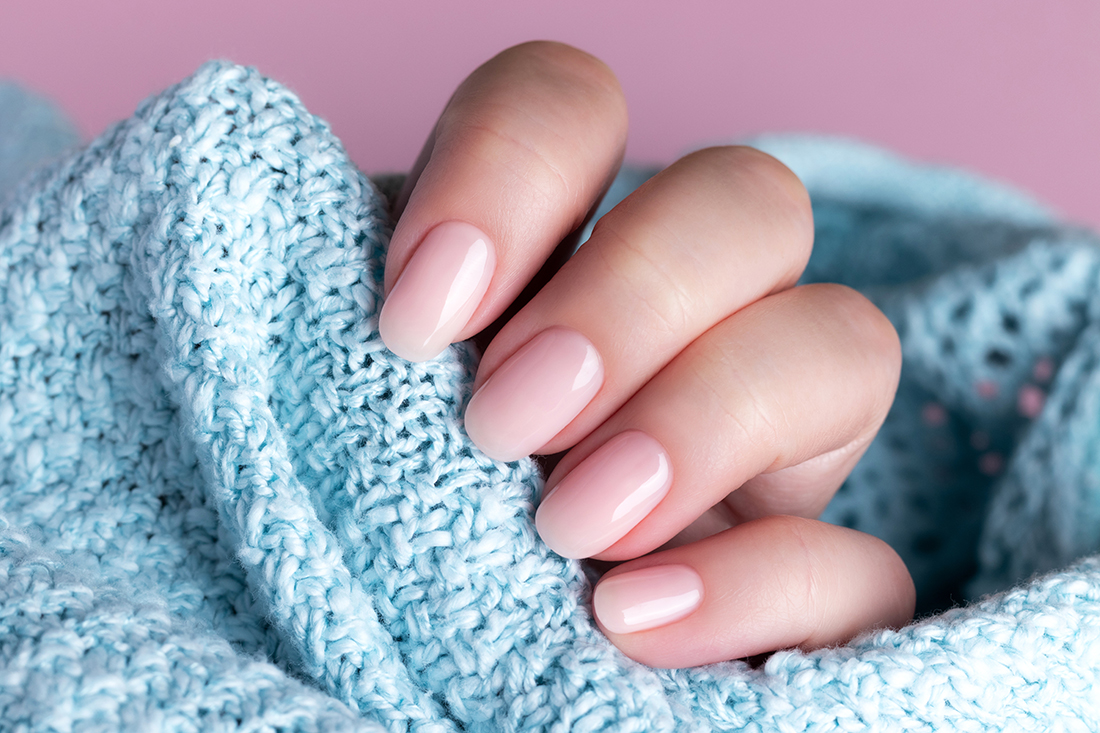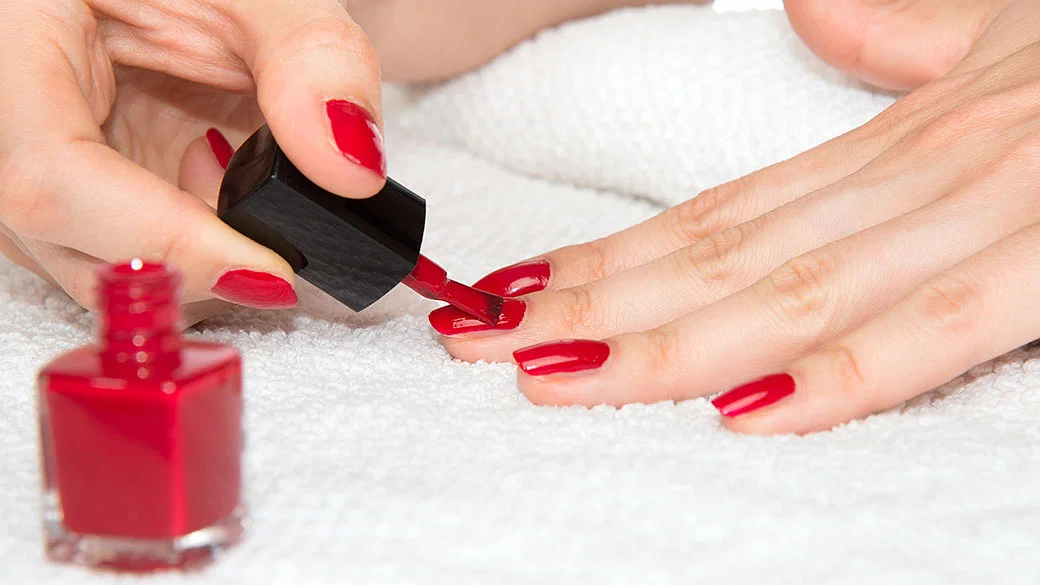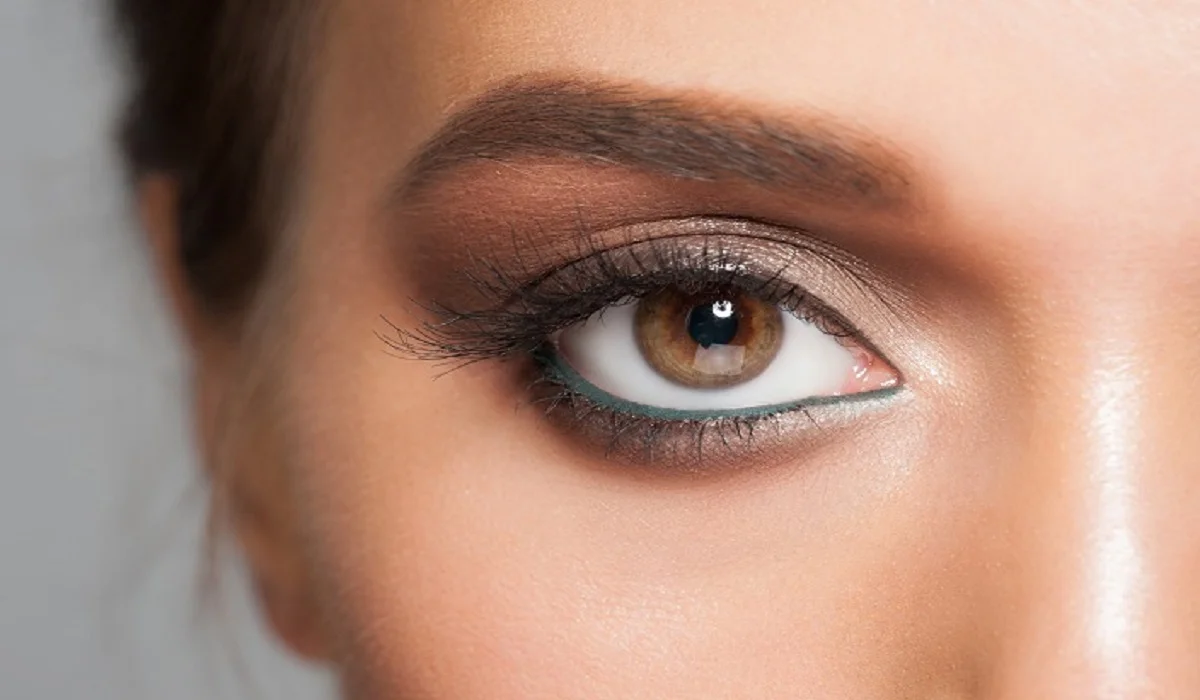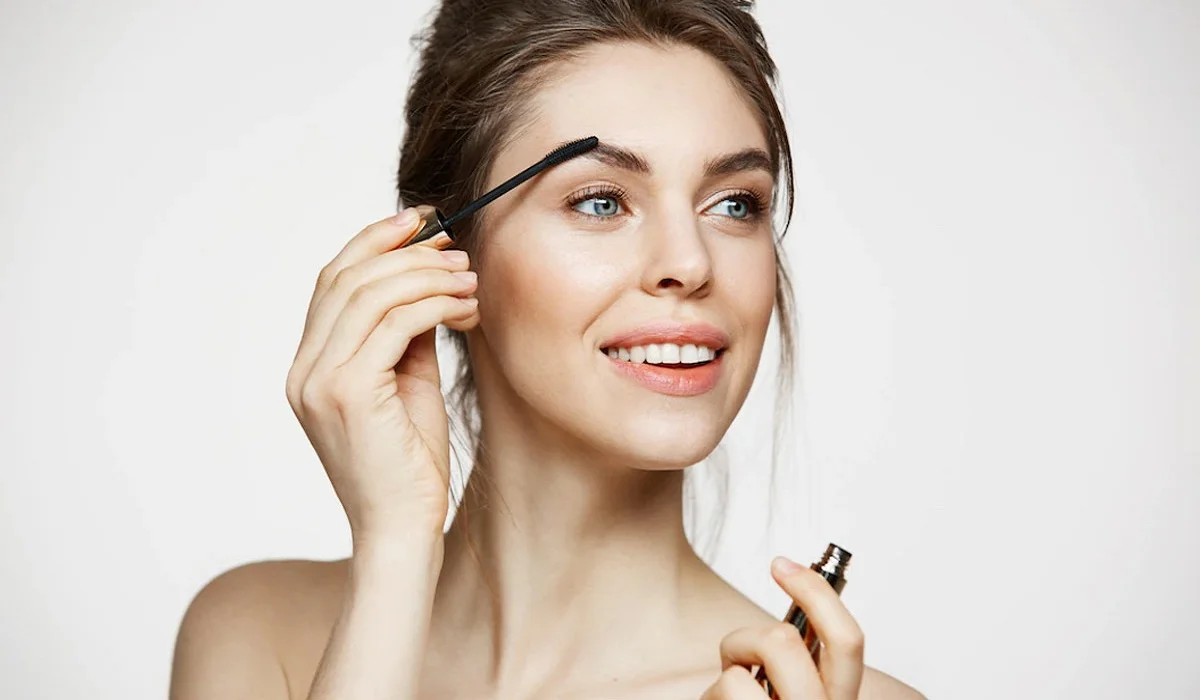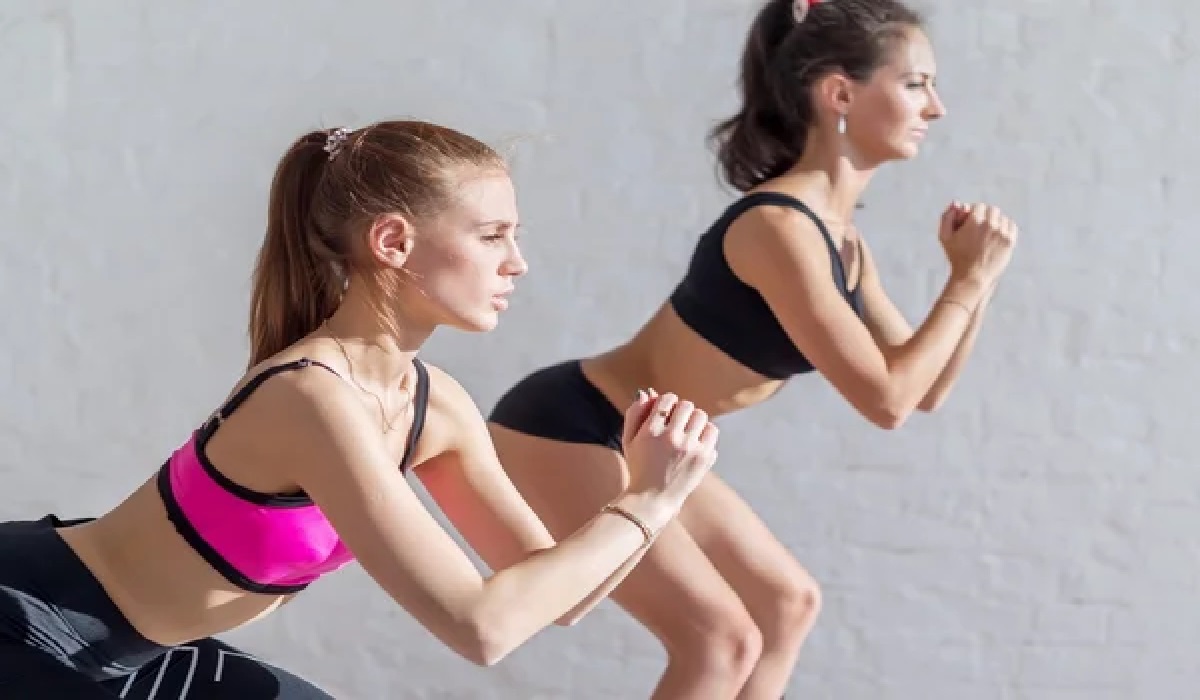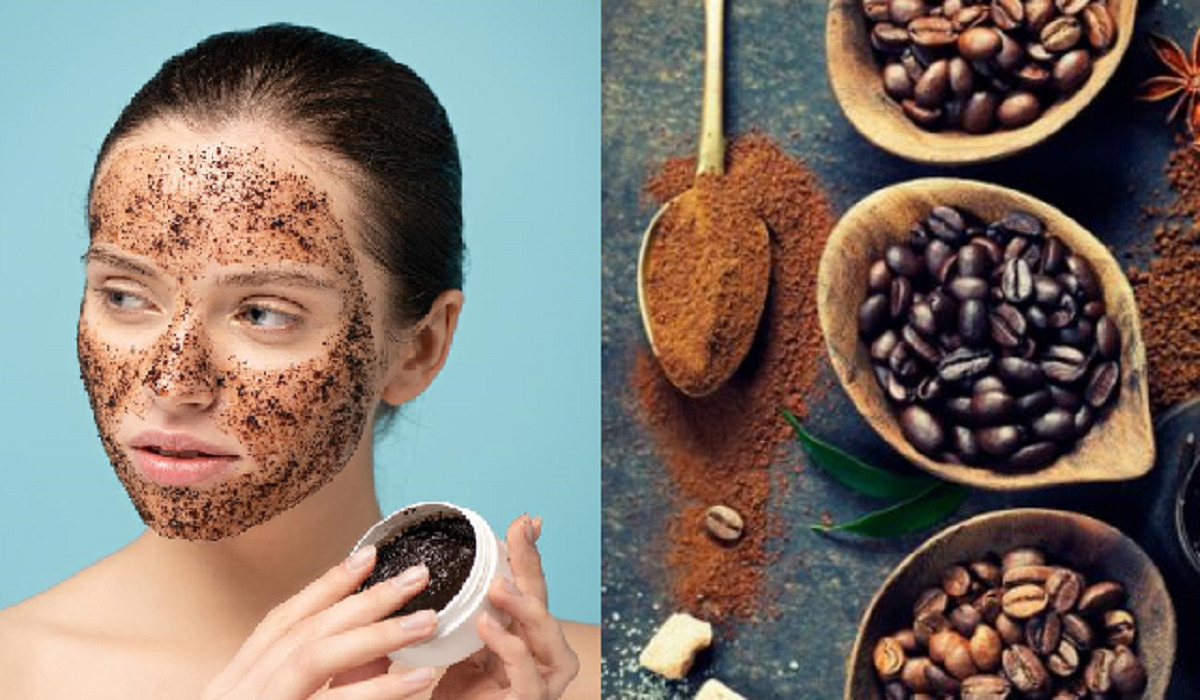
Embarking on an effective skincare journey begins with a fundamental understanding of your skin type. Your skin is as unique as your fingerprints, and its characteristics play a pivotal role in selecting the right products and routines to maintain its health and radiance. Determining your skin type is the first step toward tailoring your skincare regimen to address its specific needs. This guide will delve into the various skin types, their identifying features, and methods to accurately identify where your skin falls on the spectrum.
The Importance of Knowing Your Skin Type
Understanding your skin type is not just about aesthetics; it’s about ensuring the overall health and vitality of your skin. Different skin types have distinct needs, tendencies, and vulnerabilities. Using the wrong products or adopting an incompatible skincare routine can lead to various issues, such as excessive dryness, oiliness, breakouts, and even premature aging. By accurately identifying your skin type, you can make informed choices that promote balance, clarity, and a radiant complexion.
Common Skin Types
- Normal Skin: Normal skin is characterized by a well-balanced complexion. It neither feels excessively oily nor overly dry. Pores are generally small and not very noticeable. This skin type is less prone to sensitivity, breakouts, and redness.
- Oily Skin: Oily skin is characterized by an overproduction of sebum, the skin’s natural oil. This can lead to a shiny appearance, especially in the T-zone (forehead, nose, and chin). Oily skin is often associated with larger pores and an increased likelihood of acne and blemishes.
- Dry Skin: Dry skin lacks sufficient moisture and can feel tight, rough, or flaky. Pores are generally smaller, and fine lines may be more noticeable due to the lack of hydration. Dry skin is more susceptible to irritation and redness.
- Combination Skin: Combination skin features a mix of different skin types on different areas of the face. Typically, the T-zone is oilier (as seen in oily skin), while the cheeks and other areas may be drier. This type can be a bit challenging to manage since different areas require different approaches.
- Sensitive Skin: Sensitive skin is prone to redness, irritation, and discomfort in response to various stimuli such as skincare products, weather changes, or certain ingredients. It may exhibit traits of any of the aforementioned skin types but reacts more intensely.
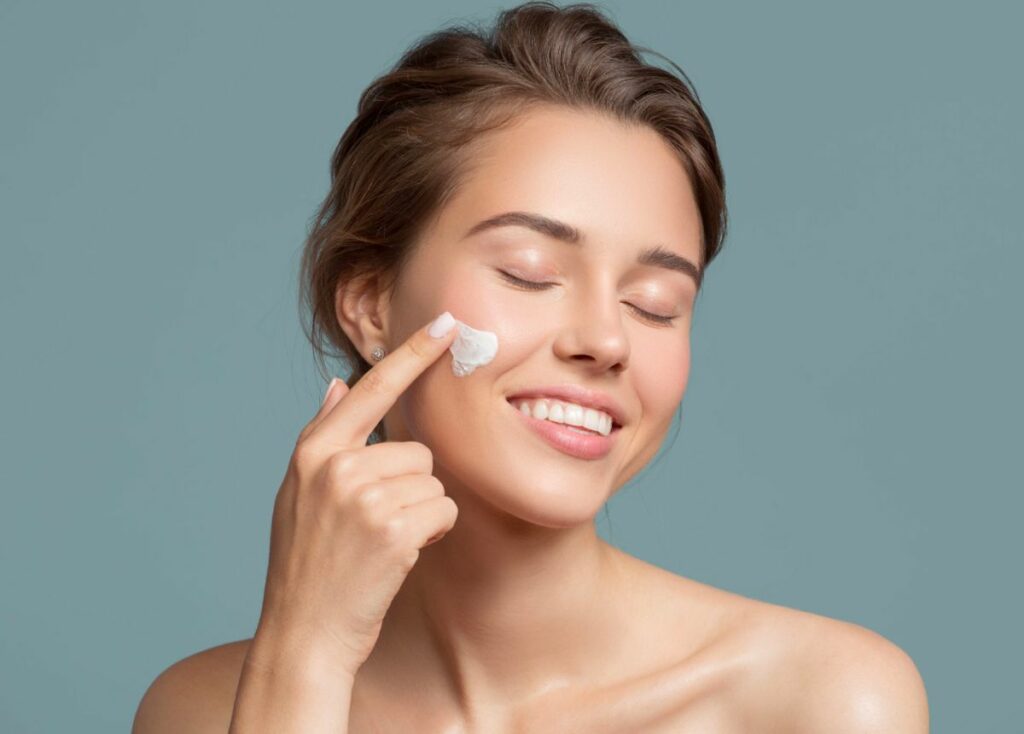
Determining Your Skin Type
- The Bare-Faced Test: Start with a clean face, free from any makeup or skincare products. After a few hours, observe how your skin feels and looks. Pay attention to areas like the forehead, nose, cheeks, and chin (T-zone).
- If your skin feels comfortable, not too oily or dry, and you don’t notice any significant shine or flakiness, you likely have normal skin.
- If your skin feels slick and you notice shine, particularly in the T-zone, you likely have oily skin.
- If your skin feels tight, looks flaky, and lacks a healthy glow, you likely have dry skin.
- If your T-zone is oily while other areas feel dry or normal, you likely have combination skin.
- Blotting Paper Test: This test helps assess oiliness. Gently press blotting paper against different areas of your face, focusing on the T-zone.
- If the blotting paper is saturated with oil, especially in the T-zone, you have oily skin.
- If the blotting paper shows minimal oil in some areas, you likely have combination skin.
- If the blotting paper doesn’t pick up much oil, you may have normal or dry skin.
- Touch and Texture: Gently touch your skin with clean fingers and assess how it feels.
- If your skin feels comfortable, neither too oily nor too dry, you have normal skin.
- If your skin feels tight, dry, and rough, you likely have dry skin.
- If your skin feels oily and looks shiny, you have oily skin.
- Reaction to Products: Pay attention to how your skin reacts to different skincare products.
- If your skin shows redness, irritation, or stinging with various products, you likely have sensitive skin.
- If certain areas feel dry while others remain oily, you have combination skin.
- Consulting a Professional: If you’re still unsure about your skin type, consider consulting a dermatologist or skincare professional. They can provide a thorough analysis and recommend suitable products and routines.
Tailoring Your Skincare Routine to Your Skin Type
Once you’ve accurately determined your skin type, you can tailor your skincare routine to cater to its unique needs:
- Cleansing: Use a gentle cleanser that doesn’t strip your skin of its natural oils. Avoid harsh, drying cleansers if you have dry skin, and opt for oil-free or foaming cleansers if you have oily skin.
- Moisturizing: Choose a moisturizer that matches your skin type. If you have dry skin, opt for richer, hydrating formulas. Oily skin benefits from lightweight, oil-free moisturizers. Normal skin can generally tolerate a wide range of moisturizers.
- Serums and Treatments: Incorporate serums and treatments that target your specific concerns, whether it’s anti-aging, acne, or hyperpigmentation. Ensure that these products are suitable for your skin type to avoid exacerbating any issues.
- Sun Protection: Regardless of your skin type, sun protection is crucial. Use a broad-spectrum sunscreen with at least SPF 30 daily to shield your skin from UV damage.
- Special Care: Sensitive skin may require fragrance-free and hypoallergenic products. Dry skin benefits from regular exfoliation and the inclusion of hydrating masks. Oily skin can benefit from products with salicylic acid or niacinamide to control excess oil and minimize breakouts.
Discovering your skin type is an essential step in establishing a skincare routine that caters to your skin’s unique needs. Armed with this knowledge, you can make informed choices about products, ingredients, and techniques that will promote a healthy and radiant complexion. Keep in mind that your skin’s needs may evolve with time, so it’s essential to periodically reassess your skin type and adjust your routine accordingly. By taking the time to understand your skin, you’re empowering yourself to embark on a skincare journey that not only enhances your natural beauty but also supports your skin’s overall well-being.

